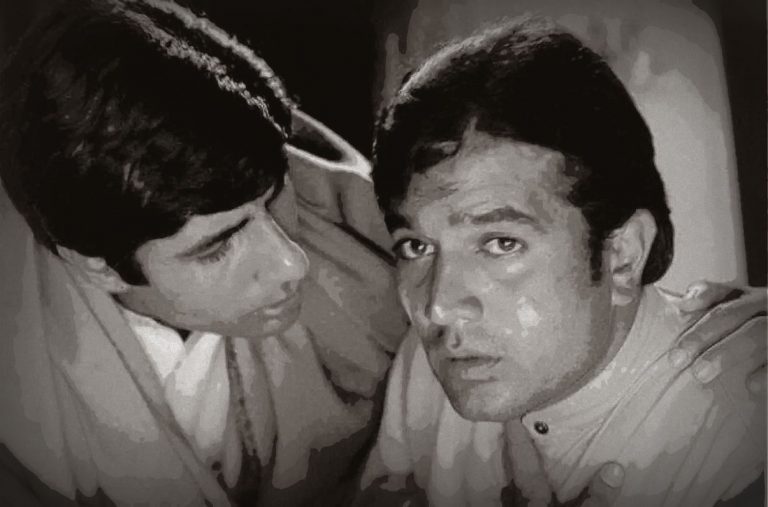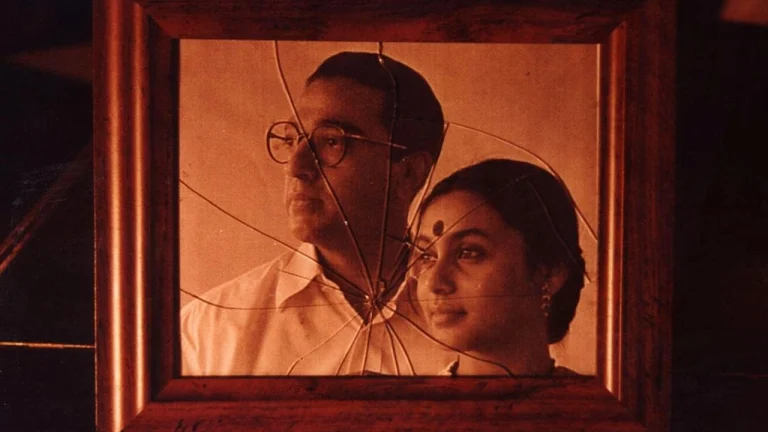Art is the only thing that resists death – André Malraux.
Why Are Michael Haneke Films So Disturbing?: Michael Haneke is an Austrian director with a filmography spanning four decades. Haneke has been one of the most celebrated filmmakers of the last 50 years, owing to his consistent production of thoughtful and evocative cinema. His proclivity towards generating an artful and disconcerting movie experience has been the scaffold on which his auteurship is supposedly built on. This essay focuses on exploring why a Haneke outing pertains to the above-described experience and what makes his cinema what it is.
Michael Haneke’s cinema functions on multiple levels- as a work of art, a persisting question, and an abstract statement; not compartmentalized but compounded, they constantly meet each other in different forms and spaces, interacting with one another and casting newer forms and spaces. This is not to allude that all great art does not posit questions and make assertions; they do. However, in Haneke’s cinema, despite the artistic function being passive and the statement not distilled, the questions posed are immediate with a stifling agency, not the nature of questions but the questions themselves, directly in line with the subject (both characters and content).
One of the first, if not the first affect or scent while encountering a Haneke is how important it feels; the feeling is tangible, and it stands tall in the face of the viewer. This agency of importance is not imparted through the subject, the story, or the characters. It is the fundamental characteristic of Haneke’s world; it is the aesthetic structure upon which he constructs his films. It is the nucleus that controls and regulates the generated experience mentioned above.
As the essay progresses, it will attempt to deconstruct Michael Haneke’s aesthetics in his body of work.
- Style
- Children
- Ending (of his films)
Style
“My movie is born first in my head, dies on paper, is resuscitated by the living persons and real objects I use, which are killed on film but, placed in a certain order and projected onto a screen, come to life again like flowers in water.” – Robert Bresson (Notes on Cinematography)
The medium of cinema is paradoxical in the sense that its elementary formalist tendency is buoyancy; that its only form is that it does not have one, it floats – the limitlessness of possibilities, that the most limited structures could exude scents of omnipotence and vice versa. Sometimes instincts work deterministically; a constant and rigorous retrospection of instinct and emotion turns into form. Haneke’s cinema composes and assembles images with much clarity in regard to his technique. He is one of the filmmakers who, through their craft, acknowledge, substantiate and personify the osmosis of form or style that becomes symptomatic of their film idea. The emotion that Michael Haneke films seem to hold is anger. Haneke is an angry filmmaker; his debut in the late 1980s, The Seventh Continent (1989), is angry.
The first shot of the opening sequence introduces the number plate; the frame is an imposed and blatant illustration of identity followed by the car wash, resembling the process of being imprisoned as such. The day starts with the portrayal of objects as subjects – the alarm clock, the slippers, the door lock, the toothbrush, etc. as the characters perform daily chores in a designated pattern, as these images are brusquely assembled by Haneke. Their identity is not revealed. They are assigned by Haneke but more so by what is represented – the industrial-capitalist society. The objects behave as signifiers of such society, and the actions performed by characters as one of the principles of modernity – organization.
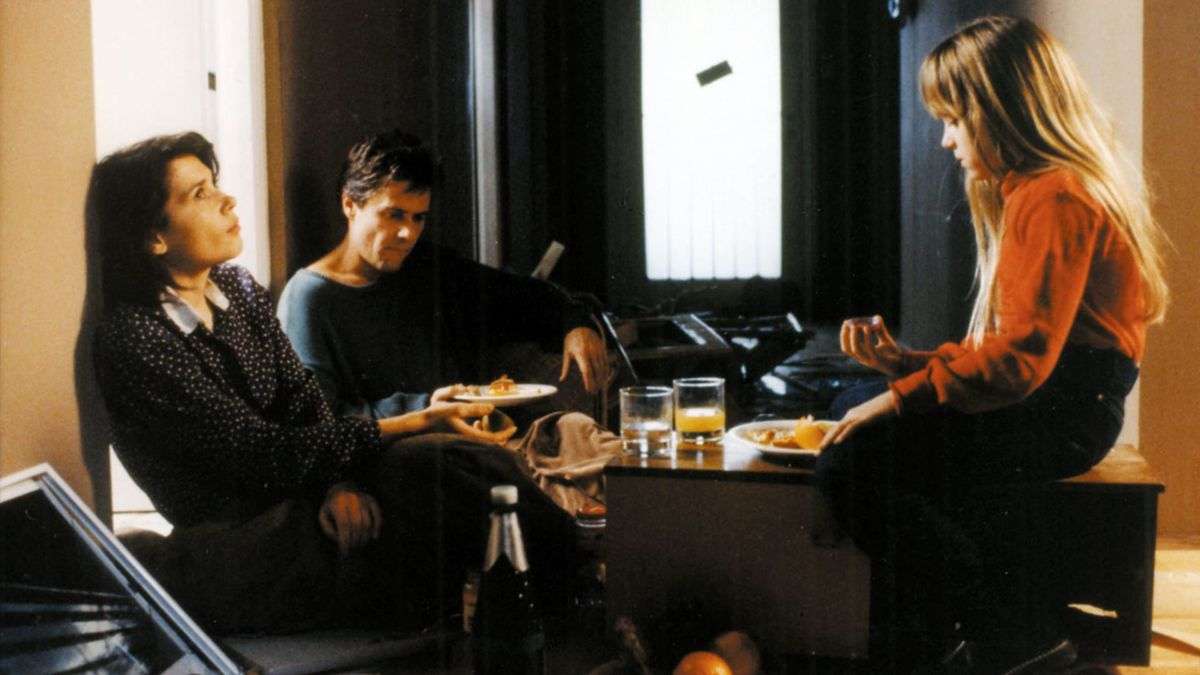
The style and narration of the film are importune; the continual exercise makes the participant inescapable to the point that the themes are not just made communicable, they are reeking. Haneke is not flowing through a streamline his critique of systems; he is flooding them into submergence, and not only submerging them, he is demolishing the very faculties they are built on. The anger is transformed into cinematographic expression, specific camera movements – sometimes they are prolonged, renownedly in the long take of The Piano Teacher (2001) to undisturbedly knit the tensions of the internal world of the main character unmasked, in effect and battling in the external environment.
Amour’s (2012) long takes actuate a different template. Here, the heaviness of the camera illuminates the concept of love in the shadows of dementia. It confronts the conditionings of life in a state of decay. The film is composed of protracted takes of constant doldrums, struggling to eat and to move – situations the characters and the participants cannot escape. Amour does offer introspection, but that is a nascent response; in a more likely purpose, Haneke demands its consumption.
The White Ribbon (2009) transforms and elevates the conditions and possibilities of oppression and authority into the imperceivable supersensible realm through confounded manifestations into reality. In the bleeding black and white, authority is not just imposed into reality. The images are soaked in this belief system and developed as reality itself. This extensive choice of thematic portrayal accentuates the effect that they have on the spectator. Time of the Wolf (2003) follows the same template – a postapocalyptic, dystopian arrangement radiating its themes to generate a heated, invigorating experience.
The turn of the new millennium’s Code Unknown (2000) is also angry. Through foreboding and unblinking takes with transitional cuts that capitulate into sizeable blocks of black, he translates statements and questions into form. It’s an aesthetic he has previously used in his debut, The Seventh Continent (1989), and 71 Fragments of a Chronology of Chance (1994). Although the two films do cut in-between scenes, the conjoining of whole scenes still utilize the same technique and perform the same task – interjection.
This language trembles the spectator, not primarily through a certain narration or thematic vociferousness but through intermittent strikes between scenes that create a void the viewer must encounter. With constant reiteration, the strikes get louder, more electric, and numbing at the same time. Even in films that do not utilize these voids, the void persists because Haneke slices unceremoniously, not offering characters to wander or to express outside of form, as if he does not care. But it is through the constant communication of this morbid and turbid coldness he churns, blends, and materializes sensitivity in the spectator as a residue of the raw materials that undergo a specific process of impoliteness and inflammation that evoke warmth and sensation.
In Cache (2005), the spectator is not privileged to witness how the couple reacts to the tape. Instead, we are made spectators to the tape itself, just like the couple, having been put in their place, reacting to the situation, not the narrative. Cache notifies the liminality and fruitlessness of a certain truth and, in hiding the outcome of the central plot, reveals the nature of the medium metaphysically. That is what intimidates the viewer, that they must involuntarily be a part of a Haneke outing and that the viewer is not told to be moved; rather, the viewer is told to move.
Children
Except for Amour (2012) and The Piano Teacher (2001), every film in Haneke’s filmography incorporates children. Although The Piano Teacher does include a child character, the role does not notably help extend the wingspan of the themes tackled in the film. Children espouse a vital expression in Haneke’s vocabulary. Contrary to most films that allude to a certain innocence and purity while paragraphing the portrayal of children reflectively spacing them in sacred passages, they function as bitter punctuations sprinkled through the storyline, emphasizing their necessity during the runtime.
Children in Michael Haneke’s cinema are not spotless sermons to be embodied, but rather outcomes of society, like products of a chemical reaction. A society functions in a superstructure, and a child is the consequence of the society. It is one of Haneke’s important statements: children in his films cannot be infantilized or ignored; they’re powerful. When the film fills time like words fill sentences, they obstruct these sentences as full stops. The premise of The White Ribbon (2009) is based on dictatorship. The one on top dictates everything beneath, and children are at the receiving end of this network.
However, they are not reduced to victims. They serve a more functional purpose; they seem to know things, operating on a visceral parallel. Moreover, they seem to know why ominous incidents keep torching the town asunder, the when and who’s of these acts, but what is more testimonial is that they also seem to know the why’s on a metaphysical level; Erna dreams that something terrible would happen to Karli. Children float from destination to destination of mishappening, lurking spectrally between characters, subplots, themes, spectators, between everything concealed, etc.; they are omnipresent in the face of everyone and the soul of everything.
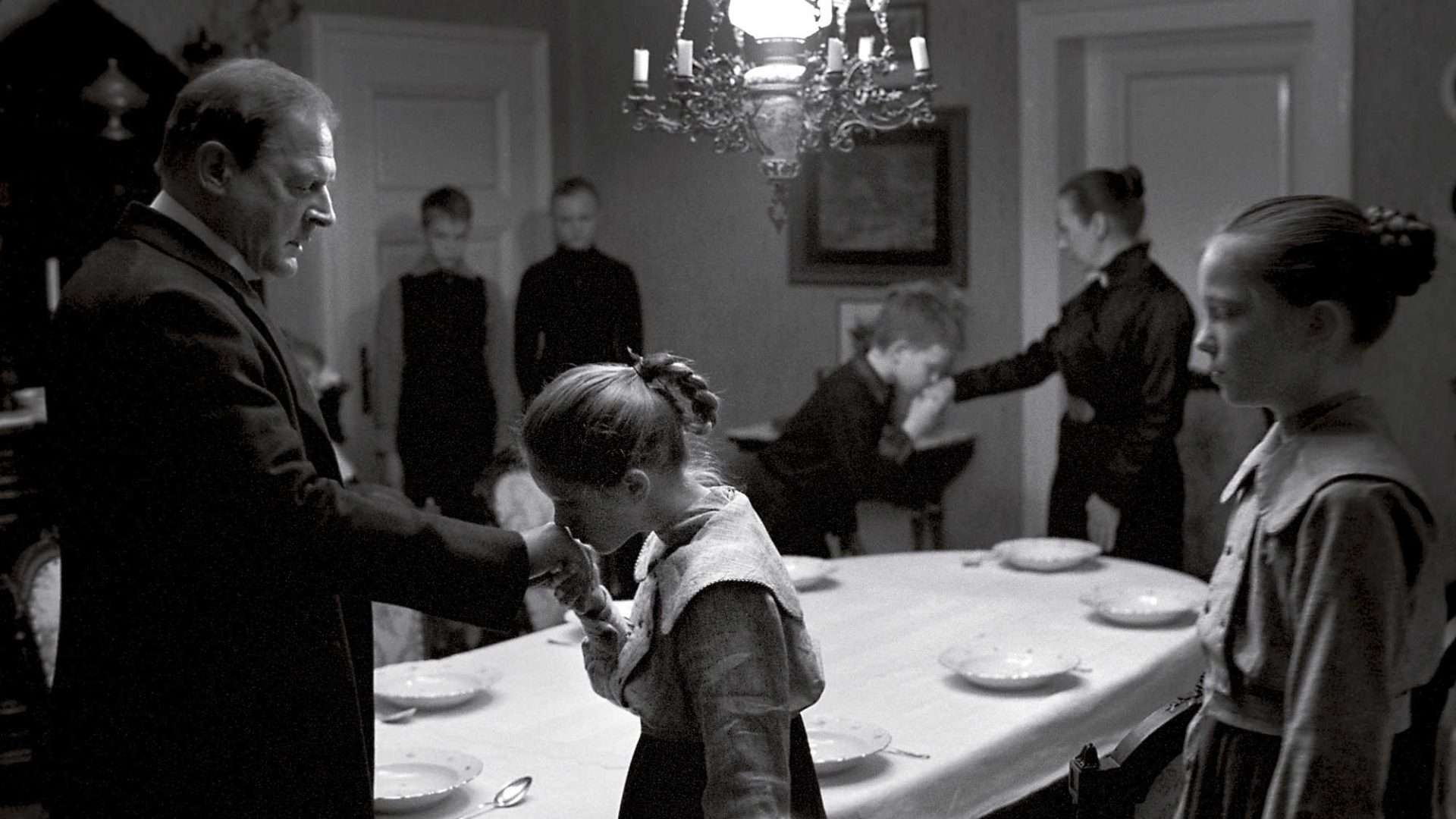
There persists an air of mystery that children emanate in Michael Haneke films. In Benny’s Video (1992), Benny kills the girl with a morbid coldness resembling psychotic traits common in movies of such nature. However, despite the film having footmarks of a spiraling psychopathic maneuver, it never trots along that path. It sticks to its media evaluation and alienation concerns in post-modern Western capitalism, exercising problems within the spectrums of normality. These unidentified waters of everyday mundanity make the character intensely perceivable and arduously indigestible. Like The White Ribbon, although less allegorically and more conspicuously, Benny adjudicates the story and its characters (his parents) metaphorically and narratively. The inquisitiveness and profundity within the viewer are shattered, for the film rejects the psychopathic journey while reaching its destination almost without moving, not outside of the ordinary and with greater depths.
One of the reasons why children are particularly distinctive in Haneke’s cinema is because of how children are conventionally portrayed, even in unconventional films. However, this is just a teleological reading. His necessity lies in platforming children on a higher pedestal. Whilst society largely infantilizes their existence, Haneke represents them with illumination. Arguably, Michael Haneke’s magnum opus, Cache’s key to ignition, lay in Georges’ childhood. In one of his interviews, Haneke says, “If I am scared of something that could possibly happen to me, I will exert violence on my environment. Xenophobia is based on that principle. It is a form of violence based on fear and ignorance.” Despite Georges’ erudite disposition, his prejudicial outlook founded in his childhood hasn’t been curtailed; a brief encounter with a cyclist cinematically traces the reaffirmation as well.
Haneke’s utility of children as a cinematic device against conventions of all kinds flatfoots the spectator. A series of sequences follow that the spectator at first glance is unable to unravel because of its novelty; newer possibilities demand newer modules of interpretations; thus, Haneke’s world isolates the spectator in nature with its own laws and limitations. However, the aim is to transform a filmic experience into angry questions resonating within the viewer, of the aftermath in the film that echoes the reality of existence.
Ending (Of his films)
The conclusion of a film possesses unmitigable power; the derivation of closure of any nature or kind packages the magnitude of a film’s potential. Through a film’s runtime, the ending coagulates the clarity of the filmmaker’s performance as a director. Clarity not wholly wedged into objectivity, but rather, clarity apposite to a certain faith in their cinematic language. And this faith is more or less an invisible process that can only be witnessed as an outcome in the film because of the infinite possibilities of spectatorial experience observed in the process of filmmaking – the arrangement of sound and image within the spatiotemporal structure.
The faith of a filmmaker in their system is fully attested in its denouement as the film realizes its potential artfully. How the film realizes its potential is only attested and cannot be deconstructed because here lies a mystery that often arrives in the form of adjectives that describe the film’s quality, and this indecipherable mystery, not limited to the cinema but any discipline that contains within itself such a mystery is thereby explained as art. There is a certain something uninterpretable by cognition and inexplainable through language that is said to be art.
Such art during a filmic experience subconsciously creates a space between the viewer and the film, and through moments that are sometimes recognized and sometimes not fill this space that, by the fruition of the film, registers as art and narrates the experience of the spectator. Therefore, art can be created and perceived, it can be described, but it falls apart at any attempt to linguistically define it precisely because, like language, it is a mode of expression itself; art can only be expressed artfully, translation in any other medium or specifically verbalization, is futile.
A Haneke film ends in a way that a Haneke film usually does. Now, what does that mean, and why is it so?
They’re all different but distinguishable, and the source being attributable. However, the artistic mystery produced by the infinite possibilities of spectatorial experience renders the customary novelty of the experience that always precedes the acknowledgment of familiarity. A Haneke film is inflammatory by nature. It obstinately questions and emphasizes its urgency, although very comprehensively, with authorial control. As the film carries with itself the pressure of this urgency, it eventually catches fire and explodes. Amour, The Piano Teacher, Code Unknown, Benny’s Video, Happy End (2017) all end in an explosion, 71 Fragments of a Chronology of Chance, and The Seventh Continent due to their innate volatility rupture often but end in a final explosion. Cache, The White Ribbon, and Time of the Wolf behave like a nuclear explosion. The themes of these Michael Haneke films radiate and spread across the spectator’s reality, suffocating them.
Cache, The White Ribbon, and Time of the Wolf all conduct a heavy scenic downpour of themes, questions, and ideas. Haneke does perpetuate the same authorial control, but the themes are still aggressive. The narrative progressively balloons homelessly before exploding in the sky. Unlike the other films wherein the explosion has a scalable tendency, the other three films draw a distinction from such scale, and they progress looking for answers with the spectator; however, they culminate into radiations of questions and consequences. Every Haneke climax or ending is a tangible embodiment of the scope and pertaining themes tackled or questions hurled. It is not a mere tail end or an appendage to the narrative; it is a metaphor for everything preceded and a cumulative of everything in effect at their apotheosis. However, the mystery persists.
Conclusion
Michael Haneke is an auteur – one whose body of work has identifiable symptoms. Hence, his art, by virtue of its production, because of these identifiable features, over the course of their runtime, realizes itself conditionally. His cinema actively progresses in meaning and theme but devolves in its camerawork, in the distance, not with the erasure of space but converting the space into pixels of discomfort. It is not just the performance or the narrative reiterating the themes but also the space, location, flat lighting, use of sound, ambiance, and extraordinary situations filled with everydayness, rhythm, and sequencing.
The camerawork is such that it presupposes every movement, turning every moment of emotion and conflict into spatiotemporal objectivity. Haneke’s editing is enraging; it is what makes the viewer feel unhomely that there is no room for thematic intimacy, a closure among the different parties of the cinema. There isn’t a shared moment. It is just the parties in different caves, asking questions and performing actions, and towards the end, an eruption.
Like recognizable symptoms that lead to a determined disease, Haneke’s cinema navigates similarly. However, this is not to imply that his films are restrictive; instead, they are necessitated to be specific. And specifically, here, the infinite possibilities of spectatorial experience that art entails take over the authority of instilling the accustomed mystery discussed earlier because despite the style being identifiable, the characters typified, and everything traceable, the enigma persists, by virtue of its artistic nature, the responsibility of which solely rests upon the artist, always.


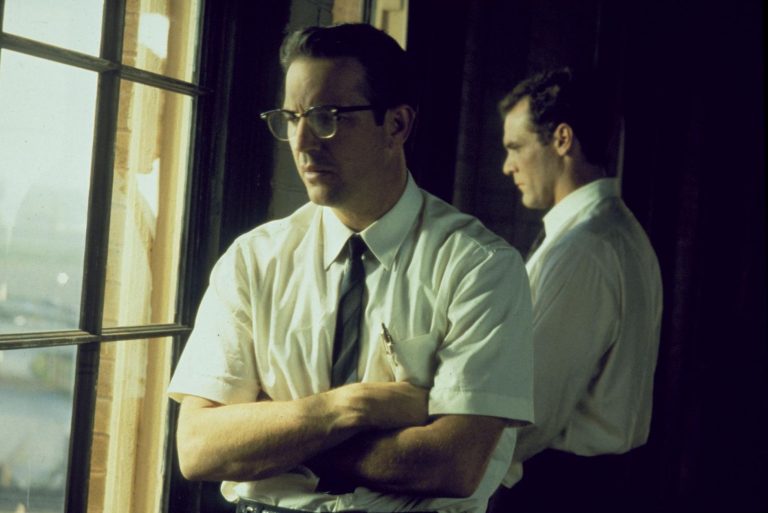
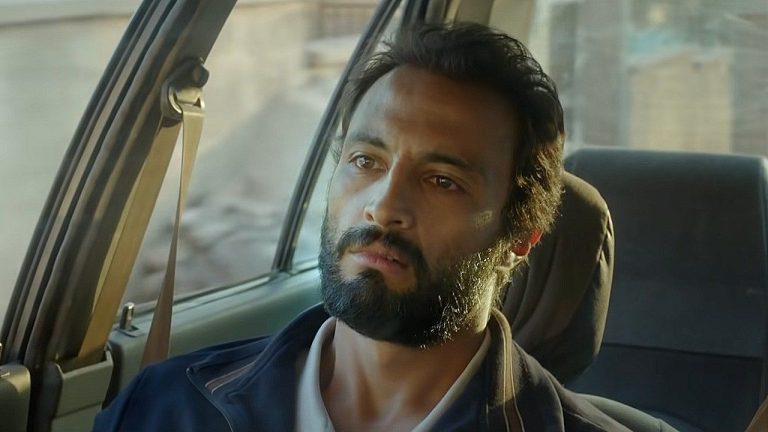
![The Turin Horse [2011]: The Futility of Existence](https://79468c92.delivery.rocketcdn.me/wp-content/uploads/2017/08/the_turin_horse_by_lllololll-d6vxn69-768x611.jpg)
